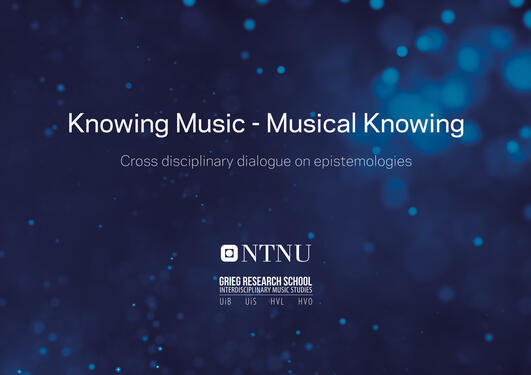Mark Grimshaw-Aagaard
Sound and the Feeling of Presence
Hovedinnhold
In certain types of computer games, great expense and effort is spent on effecting sensory realism in the belief that there is a direct and linear equation between such realism and the attainment of the feeling of presence. This belief is maintained in the development and marketing of those so-called immersive first-person perspective games whose premises are primarily based on historical warfare such as Call of Duty and Medal of Honor but is also to be found in other types of first-person shooter, and, in the case of audio, game developers go to great lengths to provide authentic audio samples that are then placed and processed in the game's virtual environment according to the laws of acoustics. I will challenge this belief through a close look at the role of sound in the creation of a feeling of presence.
Presence is a concept that exists in other developmental domains such as the field of virtual reality. There is, though, a large amount of philosophical conjecture about the state that makes it a difficult variable to assess in empirical research, and the neurological evidence for presence is elusive. Indeed, the term itself is subject to various definitions and interpretations and is often interchangeably used with the term immersion. Taking Slater's 2003 definition of presence as my starting point ("Presence is about form, the extent to which the unification of simulated sensory data and perceptual processing produces a coherent 'place' that you are 'in' and in which there may be the potential for you to act"), I will use the recent concept of sonic virtuality (Grimshaw & Garner, 2015) to argue against Slater's insistence of a correlation between increasing realism and increasing presence. Ideas behind the recently proposed concept of sonic virtuality suggest that ambiguity and imagination have as great a role to play in our perception of presence as the role played by what might be understood as realism. Such thinking has implications for the perception of presence not just in virtual environments but also presence in so-called real-world environments.
Key Questions
- What is presence?
- What type of presence?
- Is presence necessary?
- What is the role of sound in presence?
Recommended Reading
Grimshaw, M., & Garner, T. A. (2015). Sonic virtuality: Sound as emergent perception. New York: Oxford University Press.
(A summary of the main points can be found here: http://www.danishmusicologyonline.dk/arkiv/arkiv_dmo/dmo_saernummer_2015...)Slater, M. (2003). A note on presence terminology. Presence Connect, 3(3).
Further Reading
Biography
Mark Grimshaw-Aagaard is the Obel Professor of Music at Aalborg University, Denmark. He has published widely across subjects as diverse as sound, biofeedback in computer games, virtuality, the Uncanny Valley, and IT systems and also writes free, open source software for virtual research environments (WIKINDX). Mark is series editor for the Palgrave Macmillan series Studies in Sound, and his books include the anthologies Game Sound Technology & Player Interaction (IGI Global 2011) and The Oxford Handbook of Virtuality (Oxford University Press 2014), and, with co-author Tom Garner, a monograph entitled Sonic Virtuality (Oxford University Press 2015). A two-volume co-edited anthology, The Oxford Handbook of Sound & Imagination, is due in 2019 from Oxford University Press as is the co-authored The Recording, Mixing, & Mastering Reference Handbook.

